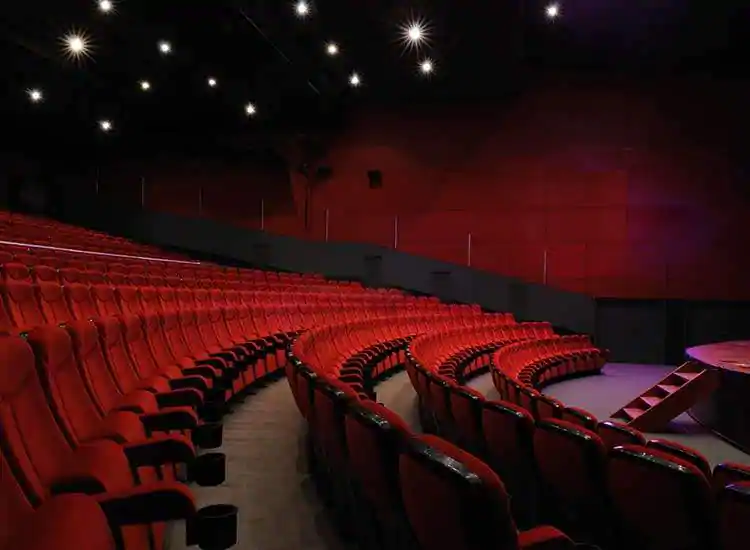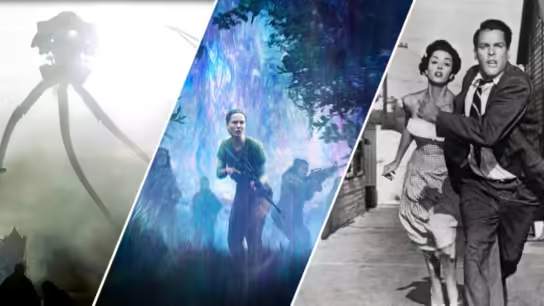The world of cinema has undergone significant transformations over the decades, and the latest leap forward is encapsulated in the concept of “Movies 5.2.” This term represents a revolutionary approach to filmmaking and movie-watching that promises to elevate the cinematic experience to unprecedented heights. But what exactly is Movies 5.2, and why is it generating so much buzz? Let’s delve into this fascinating new era of cinema.
What is Movies 5.2?
Movies 5.2 refers to the integration of advanced technologies and innovative storytelling techniques that collectively redefine how audiences experience films. This concept goes beyond traditional high-definition visuals and surround sound, incorporating elements like virtual reality (VR), augmented reality (AR), artificial intelligence (AI), and interactive storytelling. The goal is to create an immersive, multi-sensory experience that engages viewers on a deeper level.
Key Components of Movies 5.2
1. Virtual Reality (VR) and Augmented Reality (AR)
One of the most exciting aspects of Movies 5.2 is the use of VR and AR. These technologies allow filmmakers to create fully immersive environments that viewers can explore. With VR, audiences can step inside the movie, experiencing scenes from a first-person perspective. AR, on the other hand, overlays digital elements onto the real world, enhancing the viewing experience with additional layers of information and interactivity.
2. Interactive Storytelling
Interactive storytelling is another cornerstone of Movies 5.2. This approach gives audiences the ability to influence the narrative, making choices that affect the plot’s outcome. By breaking the traditional linear storytelling mold, filmmakers can offer multiple story paths and endings, encouraging viewers to watch the film multiple times to explore different scenarios.
3. Artificial Intelligence (AI)
AI plays a crucial role in Movies 5.2, both in the creation and consumption of content. AI algorithms can analyze viewer preferences and adapt the film in real-time, offering personalized experiences tailored to individual tastes. Additionally, AI can assist in the production process, helping with tasks such as scriptwriting, editing, and even acting, through the use of deepfake technology.
4. Enhanced Audio and Visual Effects
Movies 5.2 also leverages cutting-edge audio and visual effects to create more realistic and captivating scenes. This includes the use of high dynamic range (HDR) imaging, advanced CGI, and 3D audio that surrounds the viewer, creating a sense of presence and immersion that traditional films cannot match.
Impact on the Film Industry
The advent of Movies 5.2 is poised to have a profound impact on the film industry. For filmmakers, it opens up new creative possibilities and storytelling techniques. Directors and writers can experiment with non-linear narratives, interactive elements, and immersive worlds, pushing the boundaries of what cinema can achieve.
For audiences, Movies 5.2 offers a more engaging and personalized experience. The ability to interact with the story and influence its outcome makes for a more participatory form of entertainment. This level of engagement can lead to deeper emotional connections with the characters and plot, enhancing the overall impact of the film.
Challenges and Considerations
Despite its potential, Movies 5.2 also presents several challenges. The technology required to create and consume these films is still in its infancy, and widespread adoption may take time. There are also concerns about accessibility, as the cost of VR and AR equipment can be prohibitive for many viewers.
Moreover, the interactive nature of Movies 5.2 raises questions about the balance between storytelling and viewer agency. Filmmakers must find ways to maintain narrative coherence while allowing for audience input, ensuring that the story remains engaging and meaningful regardless of the choices made by the viewer.
The Future of Movies 5.2
As technology continues to evolve, the possibilities for Movies 5.2 are virtually limitless. We can expect to see more films experimenting with VR, AR, and interactive elements, as well as new innovations that further enhance the cinematic experience. The rise of streaming platforms and advancements in AI will also play a significant role in shaping the future of Movies 5.2, making these experiences more accessible and personalized.
In conclusion, Movies 5.2 represents a bold new direction for cinema, combining cutting-edge technology with innovative storytelling to create a more immersive and interactive experience. While there are challenges to overcome, the potential benefits for both filmmakers and audiences are immense, promising a future where movies are not just watched, but truly experienced.





